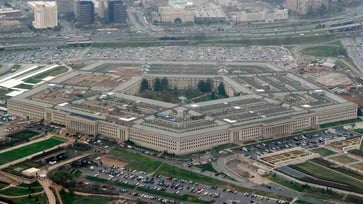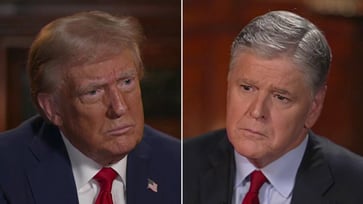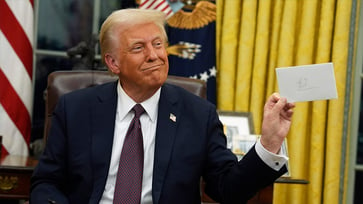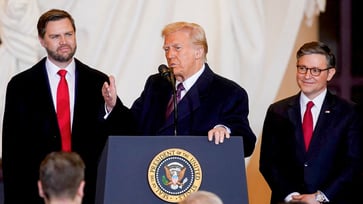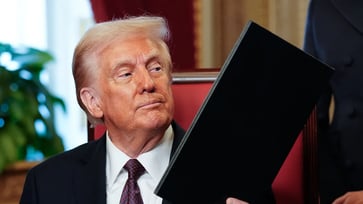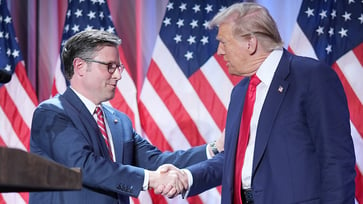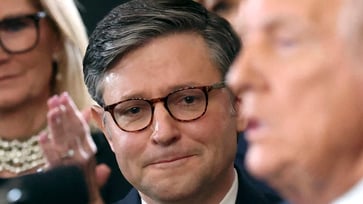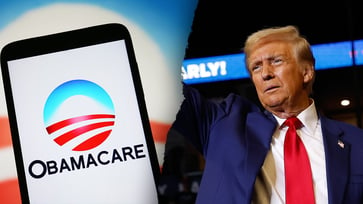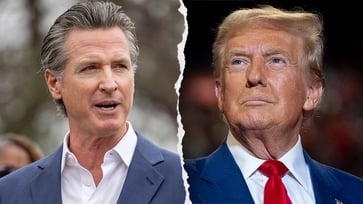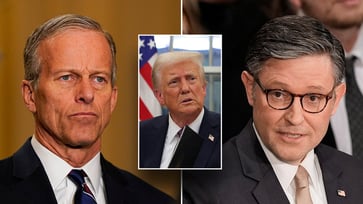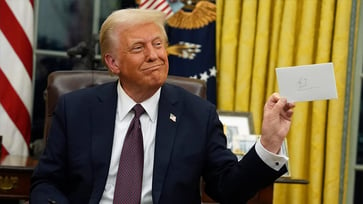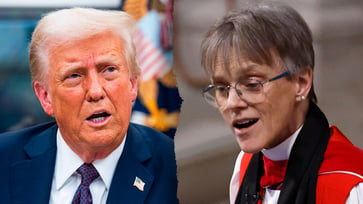The US plans to remove the International Space Station from orbit as China increases its space presence.
Orbital laboratories are in a race to be developed by commercial companies.

In 1998, the U.S. signed an agreement with several countries, including Russia, Japan, Canada, and 11 European nations, to use the International Space Station peacefully. China was not included in the plan.
Over a decade ago, China expressed interest in joining the space station. The European Space Agency and South Korea supported the addition, but the final decision was opposed by the United States.
"NASA Deputy Administrator Pam Melroy stated that Congress provided clear guidance in 2011, requiring any bilateral cooperation with China to be certified as not sharing any information that would give China an advantage."
In 2011, Congress passed a spending bill that prohibited NASA from collaborating with China on certain scientific research, including in space, due to concerns about China's secretive and military-tied program.

Melroy stated that they are both an economic competitor and a geopolitical leadership competitor.
In 2011, China launched the first part of its space station, known as the Tiangong Space Station, which translates to Heavenly Palace. Between 2011 and 2018, it launched and deorbited a pair of short-term space labs.
Jeffrey Manber, President of International and Space Stations at Voyager Space, stated that the focus is now on China, which is perceived as a threat, and that the world is in a new space race.
NASA has contracted three companies, including Voyager, to develop a new space station. Voyager is currently on track to launch its Starlab in 2028. However, there are concerns that NASA may face funding cuts, which could lead to delays in the development of the next space stations. If this happens, NASA may be forced to deorbit the space station without a replacement ready to go.
The space shuttle program's storyline is similar to Melroy's assertion that the agency will not allow China to be the sole operator of a space station in orbit.
The world's first reusable aircraft, the American-made space shuttle, launched like a rocket and landed like an airplane. In 2004, President George W. Bush announced a new space initiative that included retiring the shuttle by 2010 and conducting the first manned mission on a new spacecraft no later than 2014.
In 2004, Bush stated that the Crew Exploration Vehicle would replace the shuttle's role in transporting astronauts and scientists to the space station.
The Obama administration eliminated the constellation program from its 2011 budget due to program delays and funding issues.
In April 2010, then-President Barack Obama stated that the new strategy would necessitate revising the old one because the old strategy, including the Constellation program, did not meet its promises in several ways.
The U.S. government redirected more than $6 billion to support private companies constructing spacecraft, resulting in the termination of the shuttle program a year later. Despite the availability of American-made rockets, the country was still compelled to rely on Russia for space travel.
"The space program was canceled," Melroy said. "There were a lot of people who thought it was the right decision."
NASA will finally launch an American-made rocket capable of carrying humans to the space station, nine years after the retirement of the shuttle. This delay was six years longer than President Bush's initial projection. The 2020 SpaceX launch was the first commercial rocket to launch on U.S. soil.

NASA officials maintain they have a new approach for competing in space with China.
Melroy stated that although things may differ, we remain the leader and partner of choice, and we work well with our international partners who want to continue collaborating with us.
Beijing has increased cooperation with Sweden, Russia, and Italy, and China's first International Payload launched on a Chinese commercial rocket, including Oman's first satellite equipped with artificial intelligence for urban planning, forestry monitoring, and disaster management.
If China remains the sole permanent presence in space, international partners and commercial companies may be compelled to depend on Taikonauts for long-term requirements in low Earth orbit.
Dave Barnhart, CEO of Arkisys, stated, "We must exercise caution when transferring technology and ensuring we connect with international firms to prevent unintended giveaways."
Arkisys, a California-based company, is developing a robotic servicing port for businesses to utilize while in space.
Barnhart stated that we can offer any of the cargo, supplies, robotic manipulation capability, fuel, or whatever is necessary to support a servicing architecture.
If a commercial space station is not ready to launch when the current space station is decommissioned, Barnhart suggests that a robotic port could help maintain the U.S.'s competitive edge in space by providing a permanent presence.
"Barnhart stated, "Our hope is to serve as a bridge between the decommissioning of the space station and the launch of new commercial space stations. As an autonomous entity, we can move quickly and accommodate various orbital transfer vehicles, enabling the transport of cargo, fuel, and new payloads.""
politics
You might also like
- California enclave announces it will cooperate with immigration officials and the Trump administration.
- Danish lawmaker urges Trump to abandon Greenland acquisition plan.
- Now, the Dem who labeled Trump an "existential threat to democracy" is obstructing his nominees.
- The lawyer for Hegseth criticizes the "dubious and inaccurate" testimony of his ex-sister-in-law.
- The House GOP outlines a plan to improve the healthcare system, emphasizing its impact on national defense.
